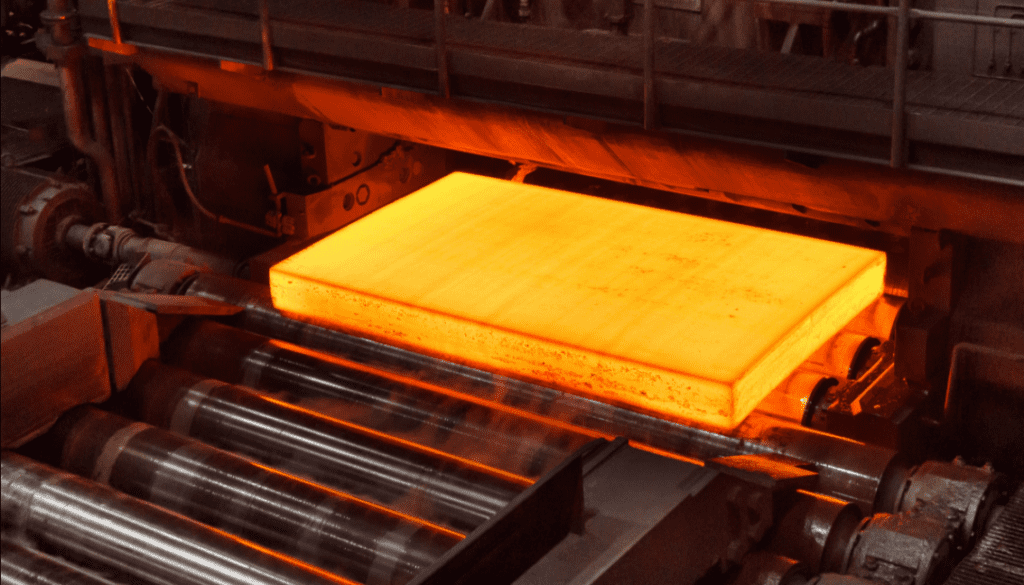Engineers from the SSAB steel-making company have unveiled the world’s first piece of steel cast without burning any coal or fossil fuel. Instead, they used hydrogen to power the process.

Metalworking and coal burning have been entwined for as long as humanity has been using metals. Coal is a very good source of energy, providing the heat necessary to refine and process most metals. But it is also a source of carbon, a critical chemical in the production of steel, and the compound that allows us to turn metal ores (usually oxides) into actual metals (by leaching out the oxygen).
For most of our history, this wasn’t that much of an issue. Coal smoke is definitely not healthy for you or anyone living near the smeltery or ye olde blacksmith, but overall production of metals was limited in scope — so the environment could absorb and process its emissions.
Today, however, the sheer scale at which we produce metals means that this process has a real impact on the health of the world around us. However, new technology could uncouple the process from coal, and pave the way towards ‘green’ metals. Engineers from the international, Sweden-based steel-making company SSAB have showcased the process, which relies on hydrogen instead of coal to produce the necessary temperatures.
Transition metal
“The first fossil-free steel in the world is not only a breakthrough for SSAB, it represents proof that it’s possible to make the transition and significantly reduce the global carbon footprint of the steel industry,” said Martin Lindqvist, SSAB’s president and CEO, for CNBC.
The “hybrid process” used by SSAB uses hydrogen as fuel to produce the required energy, instead of the traditional approach of burning coal. This process, called HYBRIT (Hydrogen Breakthrough Ironmaking Technology), uses electricity produced through renewable means to produce hydrogen, which is in turn burned to generate heat. Although there is burning involved, it doesn’t produce any pollution — in fact, the only end product is water.
HYBRIT can be used both for the production of iron pellets — the main raw material used by steel foundries — and in the carbon purification process, which is the step that transforms iron into steel. The first piece of HYBRIT steel was produced for the Volvo Group and is going to become a part of the company’s fleet of trucks. A candleholder was also machined from this steel as proof that its mechanical properties are the same as regular steel produced by SSAB.

“The candle holder, with its softly pleated rays beaming out from the candle, symbolizes the light at the end of the tunnel. It is a symbol of hope. It truly is a piece of the future,” says Lena Bergström, who designed the item.
The steel industry today accounts for roughly 9% of global carbon dioxide emissions, and demand for (as well as production of) steel is steadily increasing.
SSAB developed the process in the context of a joint venture with the government-owned utility Vattenfall and Swedish mining company LKAB. The steel was processed in a pilot plant in the north of Sweden, and full-scale production capability is not expected for another five years or so, according to Reuters. The slab of metal produced so far marks the culmination of over 5 years of research and development of the HYBRIT process.
“The goal is to deliver fossil-free steel to the market and demonstrate the technology on an industrial scale as early as 2026,” a statement form SSAB explained.






